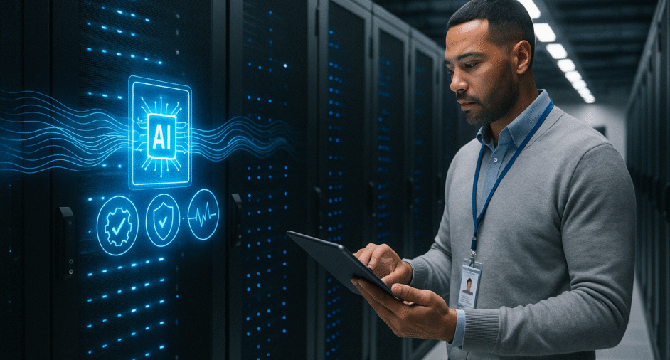Unite
1d
34

Image Credit: Unite
Self-Healing Data Centers: How AI Is Transforming IT Operations
- Self-healing data centers are revolutionizing IT operations by leveraging AI to detect, diagnose, and resolve issues proactively, improving efficiency and reducing manual workload.
- Traditional IT operations are reactive and struggle to manage complex hybrid infrastructures, leading to overwhelming alerts and service disruptions.
- AI excels in managing system-generated problems with deterministic outcomes, compressing alerts and resolving issues before they escalate.
- Self-healing processes involve correlation, root cause analysis, and automated remediation, enhancing system resilience.
- The three key pillars of AI-powered resilience include awareness, rapid detection, and optimization to prioritize business-critical technologies and respond swiftly.
- AI bridges the skills gap in IT operations, allowing Level 1 engineers to operate at Level 3 capabilities and empowering experienced specialists for strategic initiatives.
- Implementing self-healing systems requires a strategic approach, defined use cases, governance frameworks, and collaboration with AI to drive innovation.
- Self-healing technology aims to automate routine tasks, minimize human errors, and shift the focus of IT teams from maintenance to innovation.
- Self-healing data centers signify a competitive necessity in the digital economy, providing resilience against disruptions and enabling proactive management.
- With self-healing systems, organizations can redirect resources from managing outages to driving business growth, transforming the role of IT in the enterprise.
Read Full Article
2 Likes
For uninterrupted reading, download the app